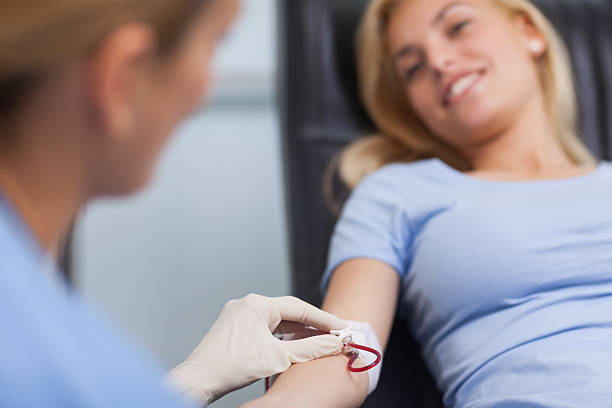Understanding Plasma Donation
Plasma donation is a vital process that contributes significantly to medical treatments and research. Plasma, the liquid component of blood, is rich in proteins, antibodies, and other crucial substances that can be used to treat various medical conditions. Understanding the importance, process, and impact of plasma donation can encourage more individuals to participate in this life-saving activity.
The Importance of Plasma
Plasma is a yellowish fluid that makes up about 55% of total blood volume. It consists primarily of water but contains vital components such as electrolytes, hormones, proteins, and waste products. The proteins in plasma, including albumin, fibrinogen, and immunoglobulins, play crucial roles in maintaining bodily functions. Albumin helps regulate blood volume and pressure, fibrinogen is essential for blood clotting, and immunoglobulins are key components of the immune system.
Uses of Donated Plasma
Donated plasma is used in a variety of medical treatments. It is essential in treating patients with burns, shock, trauma, and other emergency conditions. Plasma-derived therapies are critical for patients with rare chronic diseases, such as hemophilia, immune deficiencies, and certain neurological disorders. Additionally, plasma is used in the production of clotting factors for people with bleeding disorders and immunoglobulins for those with immune deficiencies.
The Plasma Donation Process
The plasma donation process is straightforward and safe. It begins with registration and a health screening, including a medical history questionnaire and a physical examination. This ensures that the donor is healthy and eligible to donate. The actual donation involves a procedure called plasmapheresis, where blood is drawn from the donor, the plasma is separated from the blood cells, and the blood cells are returned to the donor.
Safety and Frequency of Donation
Plasma donation is generally safe, with minimal side effects. Common side effects may include minor bruising or discomfort at the needle site, and some donors may experience lightheadedness or fatigue. Donors can typically donate plasma more frequently than whole blood, as the body replenishes plasma more rapidly. According to guidelines, donors can give plasma twice a week, with at least 48 hours between donations.
Eligibility for Plasma Donation
Eligibility criteria for plasma donation are designed to ensure the safety of both the donor and the recipient. Donors must be in good health, usually between the ages of 18 and 69, and weigh at least 110 pounds. Specific eligibility requirements may vary by donation center and can include factors such as medical history, lifestyle, and travel history. It's important for potential donors to disclose all relevant information during the screening process.
Impact of Plasma Donation
The impact of plasma donation is profound. Each donation can help save or improve the lives of multiple patients. For individuals with chronic illnesses that require regular treatments, plasma donation can provide them with the necessary therapies to lead healthier and more normal lives. Moreover, plasma donations support critical medical research, contributing to the development of new treatments and therapies for various diseases.
Encouraging Plasma Donation
Increasing awareness and understanding of plasma donation can encourage more people to participate. Educating the public about the benefits and safety of plasma donation, and sharing stories of individuals whose lives have been saved or improved by plasma-derived therapies, can motivate potential donors. Donation centers often provide compensation for plasma donations, which can be an additional incentive for donors.
Myths and Facts About Plasma Donation
There are several myths and misconceptions about plasma donation that can deter potential donors. Addressing these myths with factual information is essential. For instance, some people believe that plasma donation is painful or harmful, but the procedure is generally painless and safe. Others may think that plasma donation weakens the immune system, but the body quickly replenishes the plasma, and donors typically feel normal shortly after donating.
The Future of Plasma Donation
The future of plasma donation is promising, with ongoing advancements in medical technology and research. Innovations in plasmapheresis techniques and improved donor screening processes are making plasma donation more efficient and comfortable. Additionally, ongoing research into plasma-derived therapies continues to expand the potential uses of plasma, offering hope for new treatments for a wide range of medical conditions.
Conclusion
Plasma donation is a crucial and life-saving activity that has a significant impact on the medical field. Understanding the importance, process, and benefits of plasma donation can encourage more individuals to participate. By dispelling myths and providing accurate information, more people can be motivated to donate plasma, ultimately helping to save and improve the lives of countless patients in need.




